Both Gurdjieff and Ouspensky had an affinity for science. Gurdjieff was interested in the technologies of his age, and Ouspensky, though not a physicist himself, wrote about the relationship between physics, philosophy, and esotericism in A New Model of the Universe. So it is not surprising that we find some similarities between their incarnation of the fourth way and scientific theory. At the same time there are many differences. Just by calling his system the fourth way, Gurdjieff was aligning it, not with the scientific tradition, but with the three traditional ways: the way of fakir, the way of monk, and the way of the yogi. In other words he was defining it as a religious way.
Historically science has had an uneasy relationship with religion. This is largely because religion has had a tendency to focus on faith, which is opposed to the spirit of the scientific method. But the fourth way, unlike modern, faith-based religions, is essentially a methodology. You can even say that the object of both science and the fourth way is objective truth. But in their pursuit of truth there is a difference: science takes man as he is and the fourth way says that man cannot find objective truth without first changing himself.
Methodologies. The scientific method is a set of principles and procedures for the systematic pursuit of knowledge. The basic steps are 1) the recognition and formulation of a problem, 2) the collection of data through observation and experiment, 3) the formulation and testing of hypotheses, 4) an interpretation of the results, and 5) a repetition of the steps until a solution is found. Though it requires a basic understanding of science and a specialist’s knowledge of a particular field, this method accepts that our ordinary perception of events is static. In other words it does not demand the necessity of a change of state in order to perceive ‘truth.’ This is where it differs from the fourth way.
The methodology of the fourth way is a set of inner exercises that have the potential to change an individual’s perception so that he is capable of recognizing truth. Unlike faith-based religions, the fourth way has no problem with rigorous observation and verification, but, unlike science, the fourth way demands a prelude to the study of the world. This prelude is self-study, and the methods of self-study are self-observation, self-remembering, and a particular type of work on emotions. The fourth way proposes that man’s ordinary way of perceiving the world is delusive and that in his present state he is incapable of perceiving truth. He may uncover truth by other methods, including the scientific method, but the perception of truth is only possible through a connection with higher centers. And higher centers can only be consistently reached by self-remembering and the transformation of suffering.
It seems likely to me that many scientific breakthroughs were the result of a temporary connection with higher centers, but scientists, who don’t know about higher centers, call their breakthroughs inspiration or creative imagination or intelligence. They recognize a difference, but generally they take these sudden realizations as the ordinary mind working at its peak. They don’t usually understand that what they are experiencing is a different scale of perception.
To raise new questions, new possibilities, to regard old problems from a new angle, requires creative imagination and marks real advance in science. ~ Albert Einstein
Lack of scale among scientists and researchers can be seen as a cause of many problems for man as a species. For example scientists who create weapons do so because they cannot see the implications of the use of those weapons. If they saw all the lives that they would ruin, all the families and loved ones they would separate, and all the men and women and children who would be injured or crippled by their weapons, they would not want to connect their consciousness to such a damaging field of endeavor. If they were connected to higher centers in a more consistent way, they would clearly see, and be affected by, the chain of cause and effect that connects them to the suffering that they are a part of. They can remain separate only in sleep and only because they do not observe themselves is a simple, literal way.
Conclusions and Verification. Despite the common usage of the term ‘scientific proof,’ science doesn’t deal with proofs. (A ‘proof’ is a specific way that mathematics and logic test an argument or a premise.) Science uncovers evidence and then draws conclusions based on that evidence: steps three and four of the scientific method. Another way of saying this is that science does not deal with the simplicity of absolutes. The history of science is the history of how widely-held conclusions were found to be insufficient (or wrong) when new evidence was uncovered. This does not mean that its conclusions are not true and should not be believed. Throughout our history science, on a human level, has proved itself to be mankind’s most reliable method of solving problems and uncovering new knowledge.
Truth is so great a thing that we must not disdain any medium that leads us to it. ~ Montaigne
Another view that you often hear is that if a theory or a belief has no evidence then it must be wrong: the ‘where’s your proof?’ argument. This is ridiculous from a scientific point of view. You cannot say something is not true because you have no evidence. In other words you cannot draw conclusions from a lack of evidence. In fact all accepted scientific conclusions were at one time only theories or problems; that is, there was no evidence to support them. Just because science does not, for example, have evidence of telepathy or astral travel, doesn’t mean that they don’t exist. It may mean that they don’t exist, but really what it means is that scientists haven’t found any evidence to conclude that they exist, or that they haven’t yet found a way to properly research the phenomenon.
The fourth way also doesn’t deal in proofs. And there is a simple reason for this. If the verification of fourth-way ideas is based on a connection with higher centers, then it should be clear that without this connection, verification is impossible. I cannot prove to you that this knowledge is true, because verification, for you, is only possible when you study it from higher centers. And in order for you to connect to higher centers, you need to learn to make the necessary inner efforts. And if you are unwilling to make those efforts, then there is not much that I, or anybody else, can do to convince you that the ideas are true.
If we examine what we need to do to verify, for example, the concept that we are many ‘I’s,’ we will be able to see why higher centers are needed. It’s possible for us to look at our past actions from our ordinary state and determine that we wanted different things at different times and that we acted erratically, against our better judgment, but this kind of observation, because it has no basis in the present, is easily buffered. You may even admit to yourself, ‘Yes, I have many I’s.’ But until you see it in moment, it will not have to power to motivate you to make effort. When higher centers work, you don’t see that you have many ‘I’s,’ you see that you are many ‘I’s.’ And this, when it is first seen, it is a shocking revelation.
Materialism. Though there are many scientists who are doing interesting research in psychic phenomena, particularly in relation to the brain and consciousness, the prevailing scientific view of man and the universe is materialism. Materialism is not a scientific concept—it is a philosophical doctrine—but it has been adopted by the majority of scientists. Materialism is the belief that nothing exists except matter and its movements and modifications. Generally people who hold this doctrine to be true are highly suspicious of concepts, like consciousness, that cannot be measured in the usual way.
The fourth way is also materialistic, but with some differences. Gurdjieff was very clear about this.
Everything in this universe can be weighed and measured. The Absolute [God] is material, as weighable and measurable as the moon, or as man. ~ George Gurdjieff
The fourth way has its own system of measuring phenomena that has nothing to do with scientific standards. It is a system of classifying matter and energy by its place. The universe is viewed as an unfolding ‘ray of creation’ that descends from the Absolute where material is at its finest to the moon where material is at its densest. These different materials or ‘hydrogens’ are also observable in man’s physical and psychological makeup. For instance world 12, which represents the vibration of the matter of a star, is also the energy that fuels the higher emotional center.
One Set of Laws. In contemporary physics there is a controversy about the different sets of laws for the incredibly small (quantum physics) and the very large (the physics of relativity). The controversy is that the laws that determine the action of subatomic particles are incompatible with the laws that we use to determine the movement of planets, stars, galaxies, and the expansion of the universe. In other words we are using two different sets of laws to measure the very small and the very big, and the laws that determine the very small don’t work on the level of the very big and vice versa. This is a problem only because some physicists think that there should be, in theory, one set of laws that refer to all levels. This theory is sometimes referred to as the theory of everything or unification. Einstein is said to have been preoccupied with this discrepancy for the latter part of his life, and some contemporary physicists feel that they have found a solution to the problem in a complex set of equations called string theory. This theory cannot be proved, and even to imagine it has its difficulties.
For string theory to make sense, the universe should have nine spatial dimensions and one time dimension, for a total of ten dimensions. ~ Brian Greene
The fourth way takes a different approach. It says that different scales don’t have different sets of laws, but that different scales have fewer or more laws depending on the vibration of the energy or matter. The slower the vibration, the more laws a particular scale is under. Light, for instance, is under fewer laws than cellular matter, and cellular matter is under fewer laws than the world of minerals and rocks. Another way of thinking about this is that there is only one set of laws in the universe, but your place in the universe, the position or state from where you observe phenomena, determines how many laws affect you.
I will not go into great detail about this because what is important is to understand a few basic principles. The first is that the universe is made of many different layers or worlds, and that the way we distinguish a world is by its vibration and by the number of laws that function in that world. The more laws that function the lower the world. The highest worlds have the fewest laws and give the most freedom. Think about this quite simply. In our day to day world, you could say that if you live in a country, you will under a certain number of laws by virtue of being a citizen of that country. Now imagine that while you are living in that country, you get a job at a big corporation. Now you are under the laws of the country and all the rules that regulate what you can and can’t do in order to keep your job. Now let’s say that while you’re working at this company, you get sick. So now you are under the laws of the country, the rules of the corporation, and the restrictions that your doctor prescribes so that you can get better. This is just an analogy, but it should give you an idea about how being in a lower world adds laws, or weight, to our experience.
The laws to which man is subject can only be studied by struggling with them, by trying to get free from them. ~ G. I. Gurdjieff
Freedom means being under fewer laws. And to change your place requires inner work; that is, work on self-remembering, trying to be present, and transforming suffering. The expression of negative emotions and identification and imagination and inner considering are a few of the mechanical laws that are keeping us in lower worlds.
A Mechanized Universe. Another default scientific view is that the universe is mechanical and that man is, if not a machine, machine-like. Again, it must be said, that not all scientists accept this view, but that it remains the prevailing view in the scientific community. For example, in modern, western medicine, the body is viewed in a way that is not much different than the way a mechanic views an automobile. If a part goes bad, it can be replaced; if a part is damaged, it can be repaired; if there is a disease, then you eradicate the disease; and if it is missing a vitamin or mineral, then you replace it. There are other alternative or holistic approaches to medicine, but most doctors and hospital administrators consider these approaches to be ‘unscientific.’
The implication of this view is that the universe is purposeless and that our lives have no meaning, except for a very basic evolutionary desire to survive. Really this view follows from materialism and is more philosophical than scientific. But it is important because in the scientific community it determines the type of research that is done, as well as the kind of conclusions that are acceptable.
In the fourth way the universe and man are also considered to be mechanical, but there is a difference. Despite stating unequivocally that man is mechanical, the system offers a way out. It says that a man, who is willing to make an inner effort, may cease to be a machine. That he may develop will and unity and consciousness, which are all lacking in a man who is unacquainted with inner work.
It is possible to stop being a machine, but for that it is necessary first of all to know the machine. A machine, a real machine, does not know itself and cannot know itself. When a machine knows itself it is then no longer a machine, at least, not such a machine as it was before. It already begins to be responsible for its action. ~ Gurdjieff
Evolution. It’s impossible to talk about science without saying something about Darwinism. Darwinism is perhaps the most famous and most controversial scientific theory of the last one hundred and fifty years. (Einstein’s theory of general relativity is certainly as famous and as important, but it hasn’t created the same level of controversy.) Darwinism states that all species of organisms arise and develop through the natural selection of small, inherited variations that increase the individual’s ability to compete, survive, and reproduce.
The controversy over Darwinism comes from two groups: religious people who believe that natural selection and the survival of the fittest contradict their creationist myths and lovers of science who believe that the same theories debunk all spirituality and mysticism.
Again the fourth way takes a different view. The fourth way presents a theory that natural selection cannot substantially change man at this stage in his development. This is so because in our age the powers that are of real value to a man cannot be passed on from one generation to the next; they must be developed by individual effort.
Obviously it would be ridiculous to say that certain physical attributes, like height for instance, are not part of a mechanical evolutionary trend for man. The point is that these attributes are not significant enough to change man into a different being. The fourth way says that man, as a species, is essentially finished evolving; but at the same time it says that we, as individuals, have enormous possibilities for inner change, or conscious evolution. In other words I can change and you can change, but man as a species cannot change, at least, not in a substantial way
It’s interesting to note here that what is sometimes mistaken for the recent evolution of our species—our march toward greater technological expertise—is in reality just a building up of a knowledge base. We were not born smarter than our ancestors, we simply have more knowledge and information than they had. This knowledgebase, as well as our enormous world population, allows us to make technological discoveries at a very rapid rate. But if you study individual men and women, rather than man’s technological advances, there is no evidence that we, as individuals, are substantially different than our ancestors of six thousand years ago.
In my mind it is one of the great ironies of the last century that people who justify selfish behavior because of theories like the survival of the fittest and social Darwinism are, in reality, justifying behavior that impedes their personal evolution. Survival of the fittest is not an evolutionary trend for man, and people who believe it is are essentially trapped in behavior patterns that damage their possibility for further growth. This is so because selfishness confines our perspective to a very narrow realm, ourselves, and higher centers need space and scale to function.
The system tells us that we may develop powers that are considered miraculous, but that those powers are linked to a connection with higher centers and cannot be passed on to our children. Consciousness cannot be given; if it could, it would be of no use. Part of consciousness is will, and you cannot give someone will. It’s a contradiction in terms. You cannot, for instance, give someone the will to stop smoking. You can give them reasons to stop smoking; you can tell them about the negative effects that smoking cigarettes has on their health, or that is an unnecessary expense, or that secondhand smoke can put other people at risk, but you cannot give them the will to quit. They have to find that themselves.
Two Systems. Contemporary science, for the most part, sees man, because he is capable of rational thought, as the pinnacle of the created universe. This is so because science generally only studies one particular dimension of the universe: the dimension that we naturally perceive, that is, three dimensions of space and one dimension of time, sometimes referred to as the space-time continuum. This severely restricts scientific study because the universe, according to the Gurdjieff/Ouspensky system (and modern theoretical physics), is not limited to these dimensions.
Science also has no field that studies man from the point of view of what he may become, or what Ouspensky called man’s possible evolution. Modern psychology, which should study this, has become sidetracked in a detailed examination of abnormal behavior. It is a curious fact that modern psychological theory defines normal psychology by a lack of mental disorders. In other words it has no positive knowledge of what constitutes normality in man.
In our time you hear many people say that they believe in science in the same way that you hear people say that they believe in Christianity or Islam. Of course this belief is not scientific. Science is not a system of beliefs, it is a method of inquiry.
Since the popular mind has latched onto the idea that science and religion oppose each other, and since the fourth way is essentially a religious way, critics of the fourth way sometimes use pseudo-scientific arguments to dismiss its ideas and methodologies. But the fourth way is different than all modern religious incarnations because it focuses on the control of attention and on the transformation of energies rather than on belief and on following a set of moral commandments. This doesn’t make it scientific, but it should set it apart from criticisms levied against the doctrine of blind belief.
In the same way that religious belief is not a very good way to decide whether or not a scientific theory is true, the scientific method is not a very good way to judge fourth way ideas. Though science and the fourth way share a few basic philosophical concepts, they are separate systems and need to be respected as such.
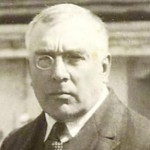 The fourth way is an unusual system because it not only describes higher dimensions, like physics and philosophy and religion, it also gives us a way to begin to experience those dimensions. It can also sometimes explain how two views that are usually considered opposites can both be true. For example, in the system the question of whether man’s identity can survive death is dependent on where that identity resides. If it is in personality, then it cannot survive because personality is dependent on programming, which is part of the four lower functions and is entirely wiped out at death. But if a man is able to create a separate identity in higher centers, then, in theory, that consciousness can survive death. We can only theorize about an afterlife, but here is an idea from The Psychology of Man’s Possible Evolution that will help you understand what is possible, and it can be verified. Try to figure it out for yourself. All that is required is a basic knowledge of the human machine and self-remembering.
The fourth way is an unusual system because it not only describes higher dimensions, like physics and philosophy and religion, it also gives us a way to begin to experience those dimensions. It can also sometimes explain how two views that are usually considered opposites can both be true. For example, in the system the question of whether man’s identity can survive death is dependent on where that identity resides. If it is in personality, then it cannot survive because personality is dependent on programming, which is part of the four lower functions and is entirely wiped out at death. But if a man is able to create a separate identity in higher centers, then, in theory, that consciousness can survive death. We can only theorize about an afterlife, but here is an idea from The Psychology of Man’s Possible Evolution that will help you understand what is possible, and it can be verified. Try to figure it out for yourself. All that is required is a basic knowledge of the human machine and self-remembering.
Man’s consciousness and man’s functions are quite different phenomena… and one can exist without the other. Functions can exist without consciousness, and consciousness can exist without functions. ~ P. D. Ouspensky

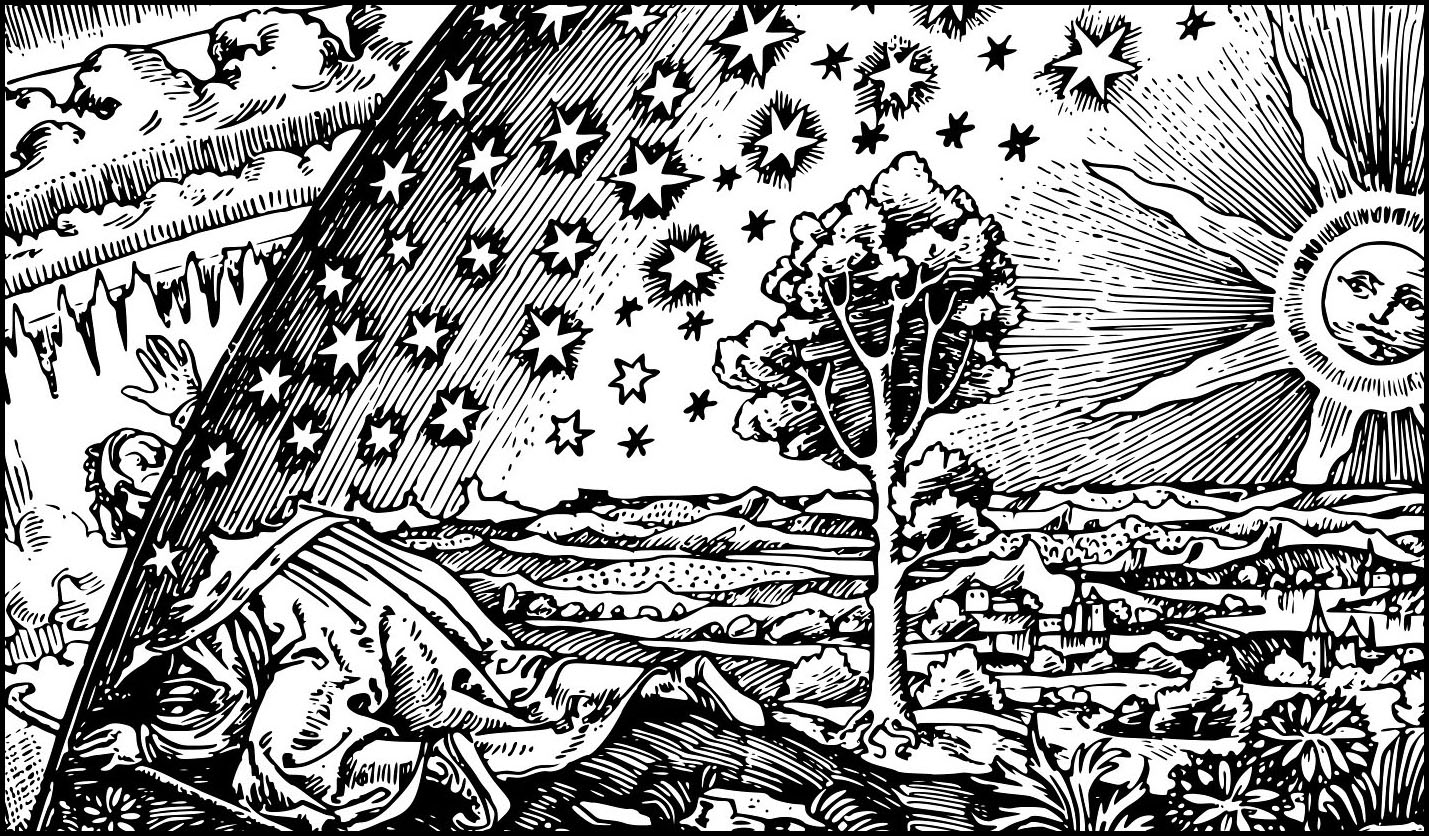


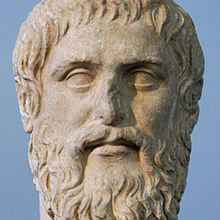
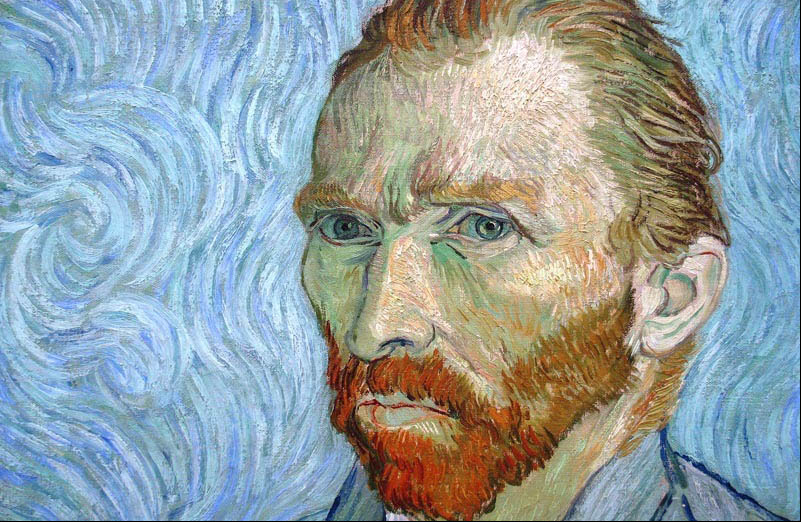
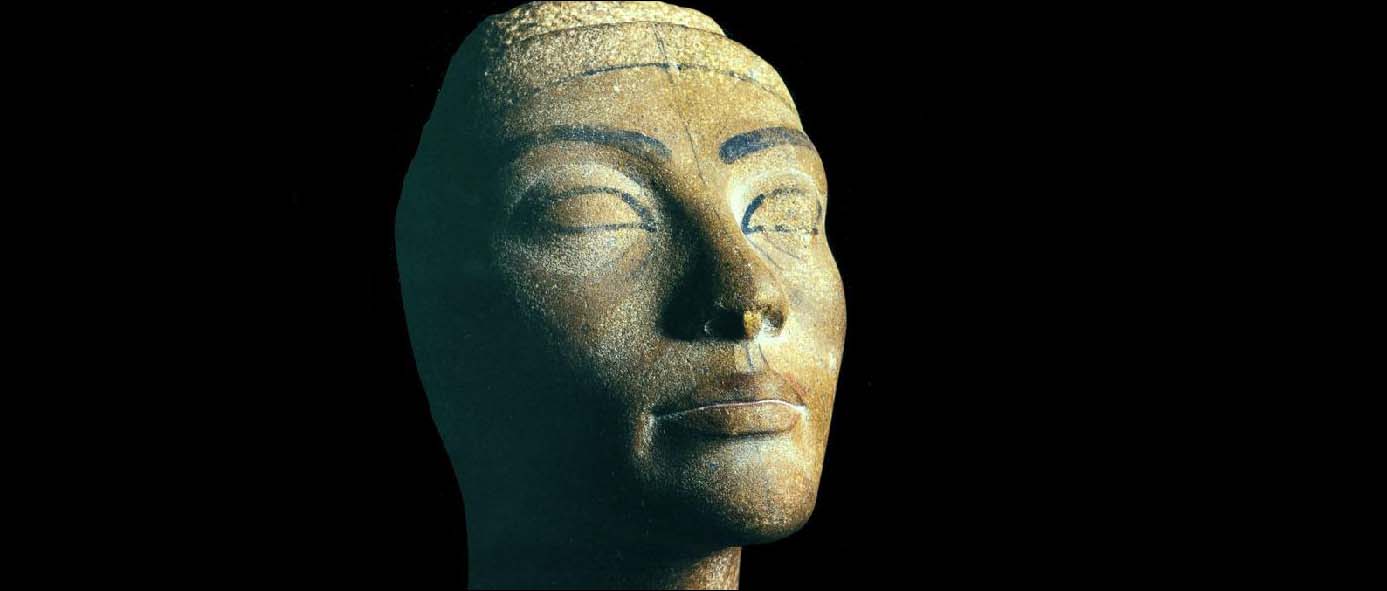





hello sir,
greetings.
i have been reading your blog for some time now. i have been practicing the gurdjieff methodology regularly, though i find myself failing many times during a day(which is not a bad thing). i have one question to ask – Since you are an experienced person in giving yourself the 1st and 2nd conscious shocks over several years, what changes are being felt by you? how have the accumulation of finer substances feel like? it would be great if you could share with us your experiences in detail.
thank you sir.
Karan: There is a passage in The Fourth Way where Ouspensky says that the work continues to be difficult for a long time, but then at a certain point it becomes easier. This doesn’t mean that we will not forget ourselves and become identified, what it means is that eventually we are able to go directly to a higher, and a deeper, state when we do remember. In other words our efforts will eventually more often bring understanding and, if we are lucky, new knowledge about ourselves and the world. Of course there is a negative side to this as well, as we will see more often our own sleep, that people are mechanical, and that what is called progress in the world is an illusion.
There is also eventually a more solid felling of higher self that is difficult to describe. Gurdjieff spoke about this to Ouspensky in In Search of the Miraculous. You just feel that you are more whole and more there.
On a day to day level we need to remember that in order to progress we must work beyond our level of being. This is a law. Often it seems like we are always fighting to keep our heads above water, when in fact we are progressing.
This question is exactly the kind of thing I wanted to know when I was starting out. I don’t remember being particularly happy with the answers others gave at the time, so I imagine you will also find my answer not very satisfying. I can guarantee this: the efforts you make, if you persist, will lead to profound (mystical if you like) states of consciousness. The trick is to be consistent.
The question is how do I see my progress in working with the Fourth way ideas
The answer is then you’ll see a loss in certain negative emotions like boredom and loneliness you will also see a weakening of other negative emotions
Thank you for the comprehensive overview of the 4th Way. I’m quite familiar with some of this myself, having been part of a group for a time and read many of the associated works.
I have a question regarding “creating an identity in the higher centres”, which can persist after the death of the body, if you please.
I’m a proponent of perennial philosophy – that is, that all spiritual and religious schools share the same common mystic root far back in time, which is the original teaching. The esoteric thread amongst much of this amounts to – the ego and perception of the world as material is unreal, the true nature of reality and ourselves is infinite consciousness, aware only of itself. Our job in life is to work on self-observation, presence, to try to become aware of our true nature, and rid ourselves of illusion. Should we do so, we realise “immortality”.
How does this tally with 4th Way teachings on an “afterlife”, such as it is?
It seems as though it is suggested that it is possible to preserve some sort of unique, personal identity after death by working on ourselves.
However, this would go against everything else I currently understand, that any sense of individuality is always an illusion compared to our true nature.
Many thanks
Thank you for the comprehensive overview of the 4th Way. I’m quite familiar with some of this myself, having been part of a group for a time and read many of the associated works.
I have a question regarding “creating an identity in the higher centres”, which can persist after the death of the body, if you please.
I’m a proponent of perennial philosophy – that is, that all spiritual and religious schools share the same common mystic root far back in time, which is the original teaching. The esoteric thread amongst much of this amounts to – the ego and perception of the world as material is unreal, the true nature of reality and ourselves is infinite consciousness, aware only of itself. Our job in life is to work on self-observation, presence, to try to become aware of our true nature, and rid ourselves of illusion. Should we do so, we realise “immortality”.
How does this tally with 4th Way teachings on an “afterlife”, such as it is?
It seems as though it is suggested that it is possible to preserve some sort of unique, personal identity after death by working on ourselves.
However, this would go against everything else I currently understand, that any sense of individuality is always an illusion compared to our true nature.
Many thanks
(apologies if this was submitted twice, I tried to post it a couple of days ago, but got no notification, and it did not appear)
Simon: First of all, the self, as we experience it in this life, can exist on different levels. If our experience of self exists primarily in personality, then what we think of as self will disappear at the death of the body. Essence is also tied to the body, and will essentially disappear. It is only at the level of higher centers that we can begin to talk about something continuing to exist after death. And this is what inner work is about: our afterlife experience will be dependent on the level of being we were able to amass in this life. Whether our experience is long or short or heaven-like or hell-like depends on what we do now.
The second part of this puzzle has to do with the nature of consciousness itself. Consciousness implies an ability to transcend boundaries. It means that we are no longer limited to the senses. If we can attach our sense of self to a consciousness that can move freely from body to body and experience directly what we now only guess at using our senses, then we can become a part of whatever we choose to participate in. It is this element of choice that is lacking in your present view. Consciousness is not just perception; it also needs to have elements of will and unity. (This is esoteric or inner meaning of the Trinity found in Christian thought.) Without will we would have no choice about what consciousness participates in, and would just as easily find our perception merging with lower worlds. To be able to merge with higher beings (what you can infinite consciousness) we need to have enough control over our consciousness to navigate all the worlds that will be available to us, and that is gained through self remembering here and now.
I have discussed these ideas in other articles. If you haven’t already, I recommend you read two: Higher Centers, Lower Centers and Comprehension and On Finding Oneself.
Thanks for your response. I will read the articles you directed me to, and spend some time digesting the content. All the best